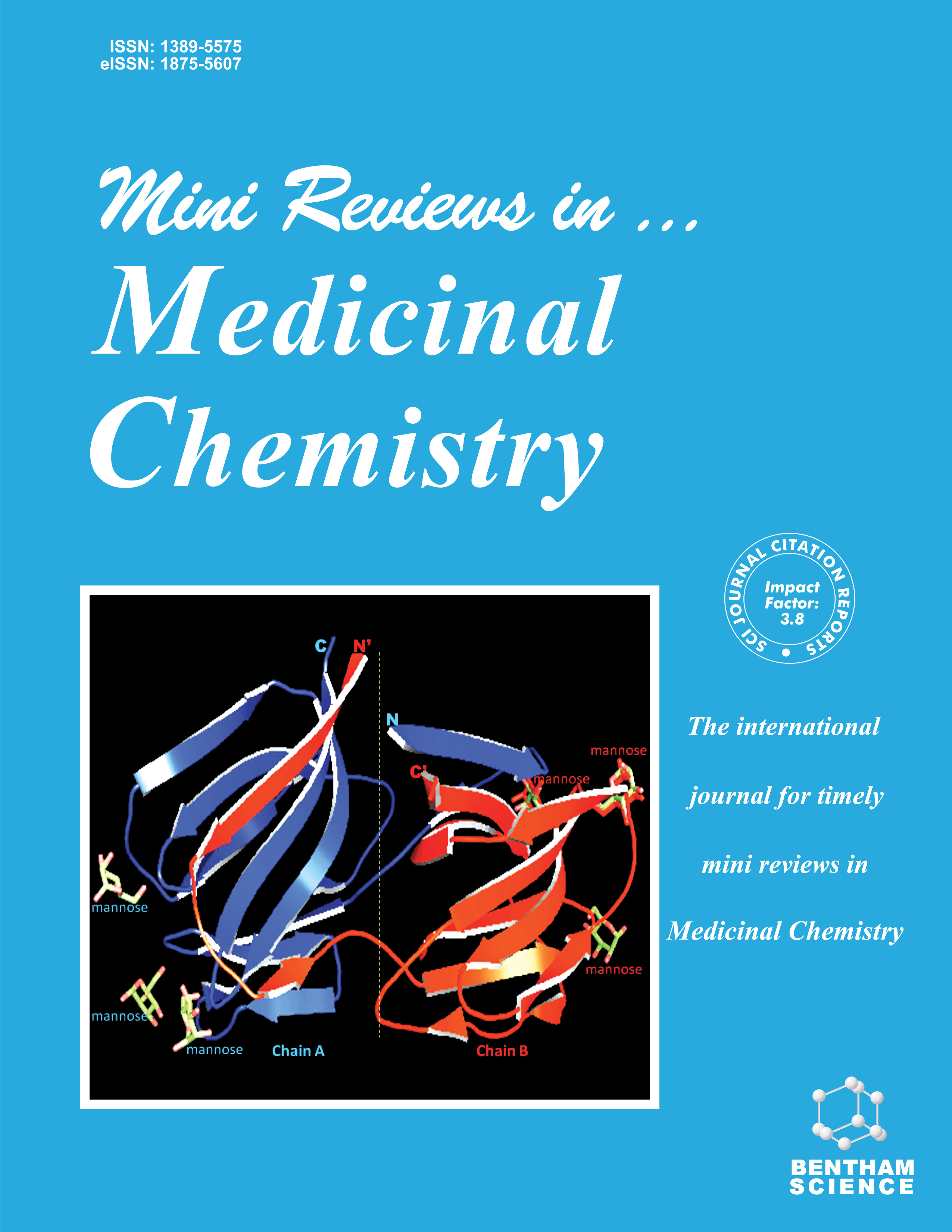
Full text loading...
This review delves into the potential of nanotechnology for improved lung cancer diagnosis and treatment. A critical focus is placed on various overexpressed biomarkers within lung tumors. These biomarkers serve as potential targets for nanoparticle-based drug delivery strategies. The review explores two main targeting approaches: passive and active (receptor-based) targeting. Active targeting mechanisms like EGFR, folic acid, and CD44 receptor targeting are specifically discussed. Additionally, the review examines stimuli-responsive systems for targeted drug delivery, including pH, temperature, ligand-attached, and multi-stimuli-responsive systems. Moreover, the role of nanotechnology in theranostics, which combines therapeutic and diagnostic capabilities, is explored and different types of nanocarriers, including lipid-based, polymer-based, metal-based, and magnetic nanoparticles, are examined for their potential applications. The review also highlights advancements in lung cancer diagnostic techniques beyond nanotechnology. This includes emerging tools like biomarkers, biosensors, and artificial intelligence, alongside improvements to established methods. Finally, the review provides a glimpse into ongoing clinical trials and concludes by emphasizing the transformative potential of nanotechnology in improving lung cancer patient outcomes.

Article metrics loading...

Full text loading...
References


Data & Media loading...

